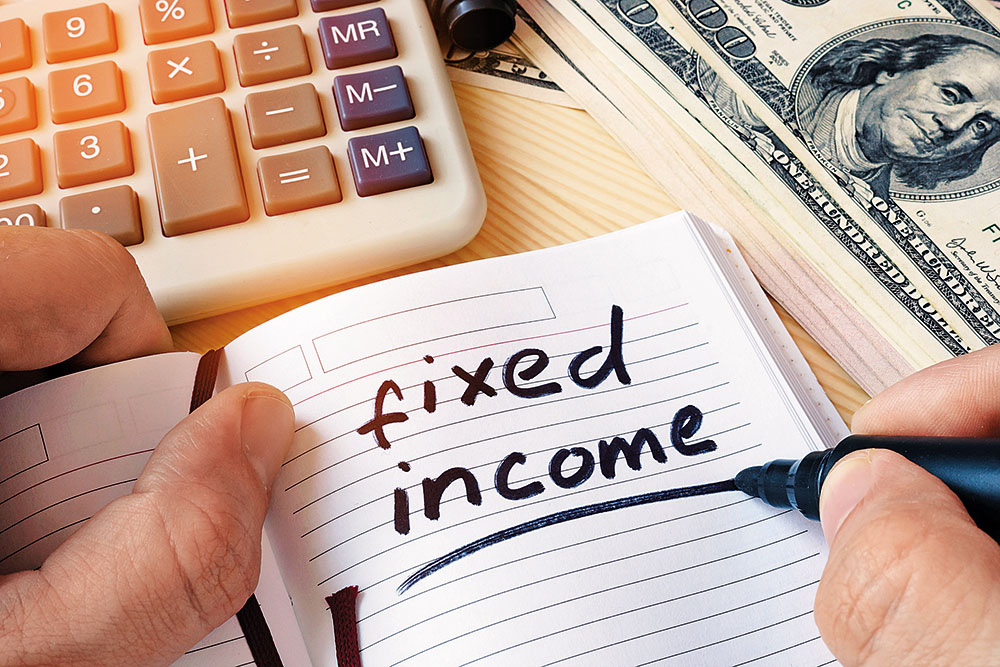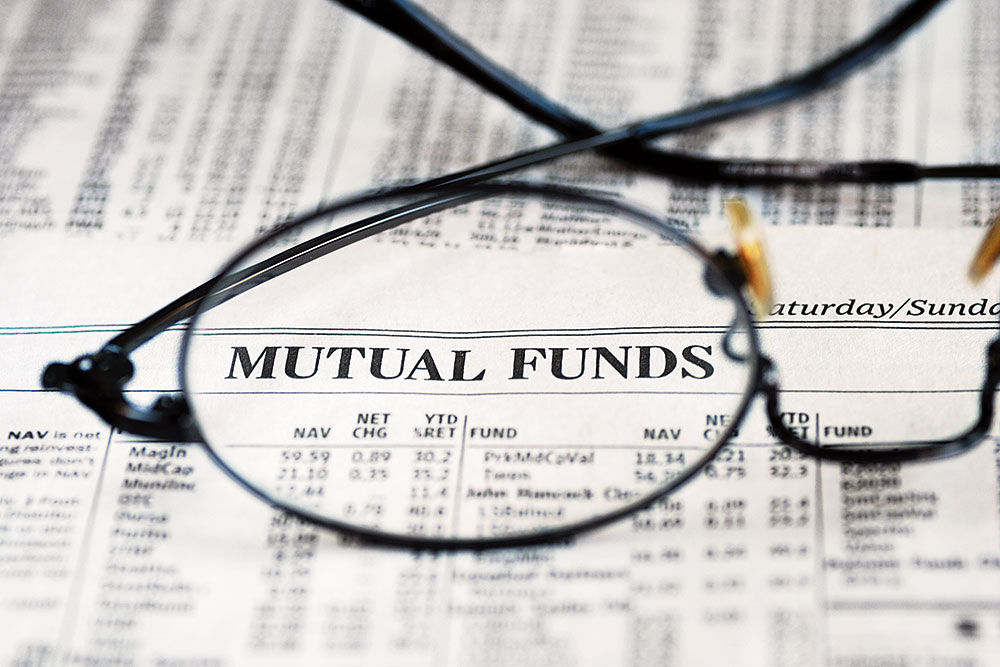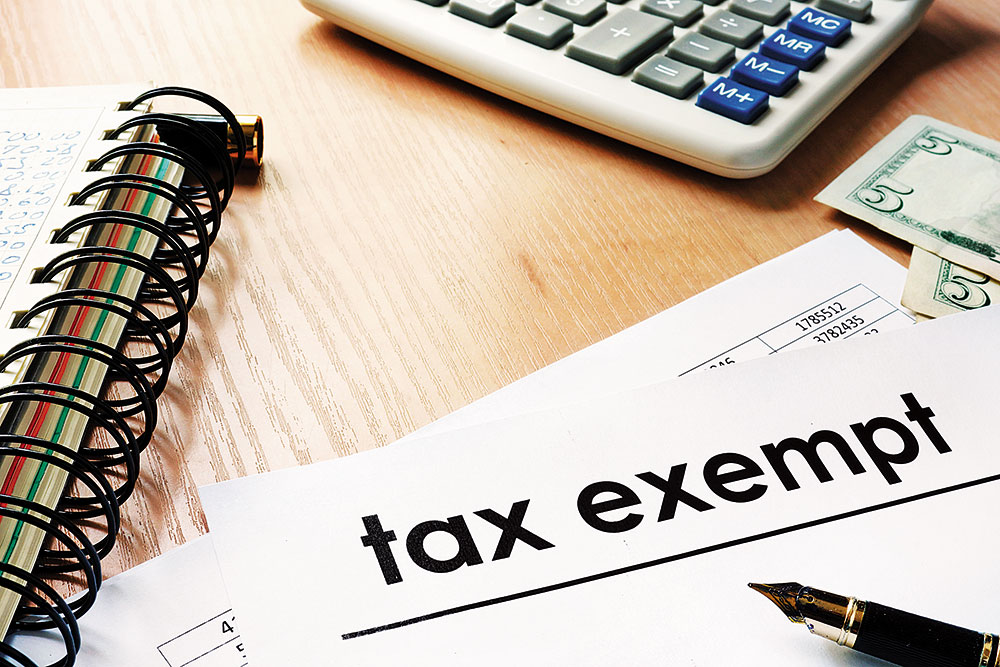When it comes to making investments, it is important to look at taxation, as it can end up reducing your returns in some cases, and provide you benefits in some others. From fixed-income instruments like post office schemes and fixed deposits to market-related instruments like mutual funds and direct equity, every investment has a taxation aspect.
Taxation can arise at different points—when you make the investment initially (contribution), during the tenure when the corpus starts generating an interest (accumulation), as well as at the time of maturity or withdrawal.
Typically, the tax-exempt or taxable status at these three points are denoted by ‘E’ and ‘T’, respectively. While some instruments fall under the exempt-exempt-exempt (EEE) status, others fall under and exempt-taxable-exempt (ETE) category, and still others are treated as exempt-exempt-taxable (EET).
There are a few instruments such as the National Pension System (NPS) that do not fall under any of these three categories as their taxation at different points may be hybrid in nature, in keeping with their distinctive product features.

EEE Instruments
- Instruments that fall under this category are tax-exempt at the contribution, accumulation as well as withdrawal stages.
- Some examples are Employees’ Provident Fund (EPF), Public Provident Fund (PPF) and Sukanya Samriddhi Yojana (SSY).
- Insurance plans, including unit-linked insurance plans (Ulips), also come under the EEE category.
- NPS partly comes under EEE. The investment, interest and 60 per cent of the maturity amount qualifies for EEE. The rest 40 per cent has to be mandatorily used for buying pension products, income from which is taxable.

ETE Instruments
- In these instruments, the contribution and the maturity amounts are tax-exempt, but the interest earned is taxable.
- The accrued interest is taxable in the hands of the receiver and/or investor.
- Bank fixed deposits (FDs), National Savings Certificate (NSC), Kisan Vikas Patra (KVP) as well as the Senior Citizens Savings Schemes (SCSS) fall under this category.
- Other instruments that come under this category include recurring deposits, post office savings schemes, post office monthly income schemes, and post office time deposits.

EET Instruments
- In these instruments, the initial investment and the accrued interest or returns generated from the investment is exempt from tax, but the maturity amount is taxable at the time of withdrawal.
- Mutual funds, including equity-linked savings schemes (ELSS), come under the EET category. The annuity part of NPS may also be categorised under EET.
- The total amount accumulated (initial investment and return) is taxed at the time of withdrawal.
- The return is added to your total income and taxed at your tax slab rate.

